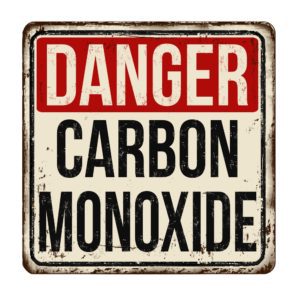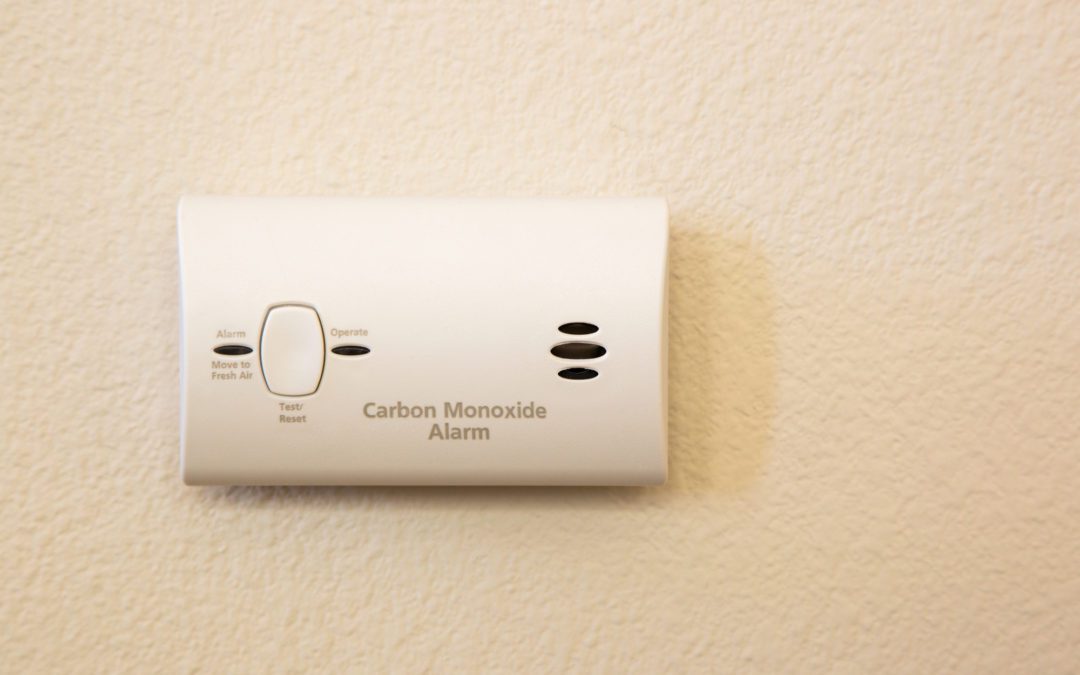Our homes should be safe places where we feel free to be at peace, without worries for our safety. However, there are still some hidden threats that many know can lurk at home. In some areas, for example, naturally occurring radon gas can accumulate in small spaces. Without proper mitigation, this invisible threat can pose a risk to your health and safety.
Carbon monoxide falls into the same class of threats — impossible to see and tough to detect without the right equipment. Are you concerned that air conditioners are a carbon monoxide producer?
Many homeowners find themselves worried about the threat of carbon monoxide poisoning. According to the CDC, almost 50,000 individuals go to a hospital annually after exposure to the gas. About 400 people lose their lives to CO poisoning every year, but many misunderstandings remain about this threat, especially as it relates to home use of air conditioners. As temperatures outside increase, it’s a good idea to review the facts surrounding CO and air conditioners. What’s true and what is not?
Air Conditioners Don’t Create Carbon Monoxide
It’s true — they don’t. Yet some people continue to believe that all air conditioners, or specific types of AC units, can produce poisonous CO. That is simply false across the board; under absolutely no circumstances can an air conditioner pose a carbon monoxide threat to the occupants of a structure. Why not? It’s all about the way air conditioners work.
Virtually all air conditioners run on electricity, which right away removes the primary source of dangerous CO: burning fuel. With no fuel to burn, there are no fumes. An air conditioner is a closed-loop system, with its refrigerant chemicals circulating inside of pressurized and sealed lines. The cooling process is entirely a matter of physics, too; there is nothing in the system that could break and release CO, either. Though some may continue to worry about it, there is no special case where an AC is a threat.

Most Homes Should Still Have a CO Detector
“If air conditioners and carbon monoxide aren’t a problem together, why should I worry?”
That’s the question some people may come to when they consider the fact above but then hear official suggestions regarding home carbon monoxide detectors. Why should you keep one or more CO detectors in your home even if you primarily rely on an air conditioner? There are two key reasons:
- Your heating equipment may still be a potential source for a CO leak during the colder months of the year. If you use electric heat, this isn’t the case, but for oil and natural gas-fired furnaces, CO is a potential risk. You should still use a detector to avoid malfunctions in these devices.
- CO risks may come from other areas of the home, such as your kitchen range and oven or the water heater.
Carbon Monoxide Doesn’t Always Come from Damaged Equipment
Issues with furnace equipment are the most common sources of CO leaks in the home. A cracked heat exchanger, for example, may allow carbon monoxide to seep out of the combustion chamber in the furnace and infiltrate your home — precisely the kind of thing that can’t happen with an AC. However, homeowners may misunderstand this to mean that evident damage is the only time a CO risk is present.
Other issues can create a risk, which might not be as obvious. For example, organic debris could block up an exterior vent for the furnace or a gas water heater, causing CO to leak back into the home. A leak may not occur at highly dangerous levels for some time, making early detection more critical.
CO is Odorless and Colorless
Think you can outsmart CO? Think again. It isn’t that this gas is only slightly perceptible — it isn’t noticeable at all. It is truly an invisible threat. However, you can spot the signs of CO poisoning. These often include headaches, which may be persistent or severe, along with drowsiness and lethargy. When a CO detector alerts you to a problem or you suddenly begin to feel sluggish for no reason, always move to an area of fresh air to assess your next steps.
Get the Scoop About Air Conditioners and Carbon Monoxide from a Team You Trust
Even though air conditioners and carbon monoxide aren’t linked, it is still a good idea to follow safe practices at home. Take particular care if you do have gas-powered appliances, especially water heaters, as these also pose a CO risk. If you have concerns about your furnace equipment, or you would like assistance understanding where to position CO monitors in your home, reach out for help. A professional HVAC team will offer valuable insight into how to keep your family safe and comfortable at home.

